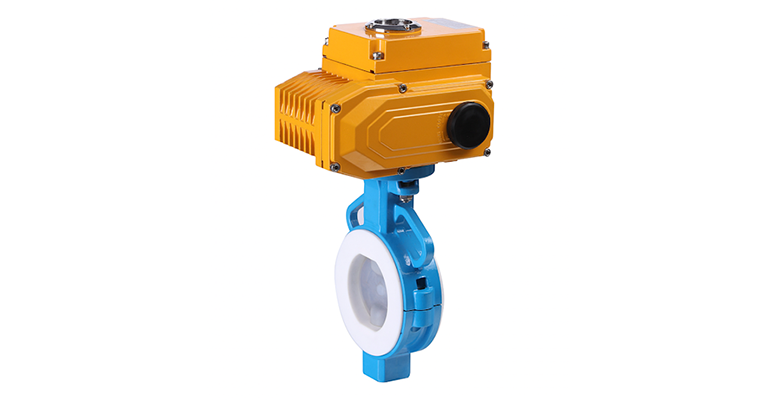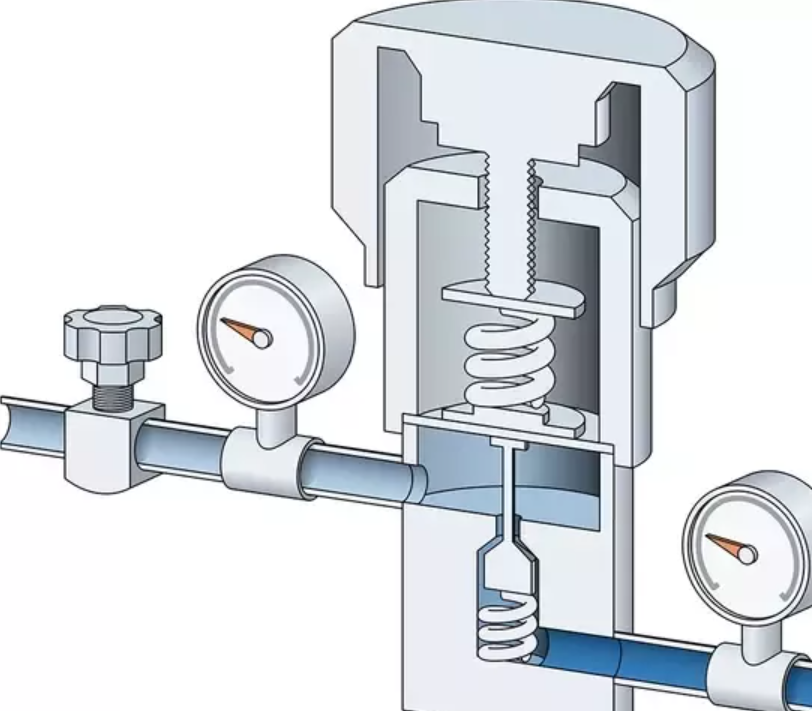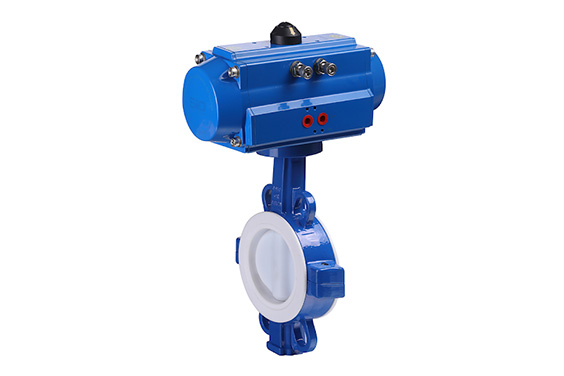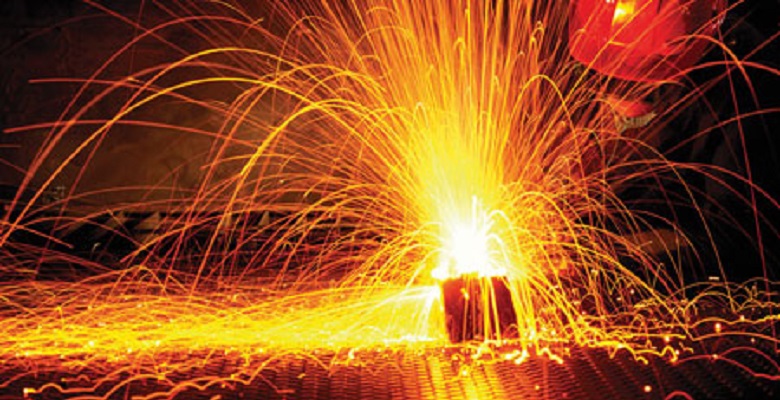
3-Piece Vs. 2-Piece Ball Valves
Share:
The body construction of the valve is an important factor to keep in mind when selecting a ball valve for your operations. The construction is what determines the level of work the valve can handle, and in this regard, they come in different versions. The most commonly used ones are the 3-piece and 2-piece ball valves.
We are going to look at both the 3-piece and 2-piece ball valves, how they function, when to use them and how they square up to each other. If these two ball valve types have been confusing for you, then this is the time to know all there is about them.
What is a 3-Piece Ball Valve?
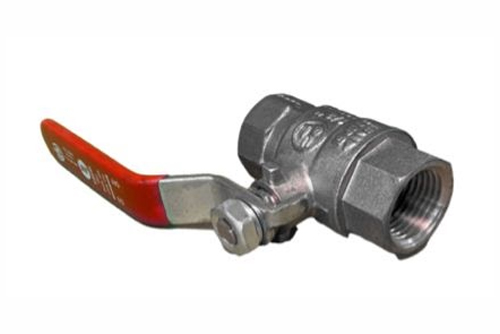
Source: Pinterest
A 3-piece ball valve is made up of three parts, a pair of end caps and the main body. The end caps are welded, flanged or threaded ends to connect to the pipe on either side. This construction makes it easy for the body to be removed for maintenance and cleaning without affecting the entire or there having any need for removing all the pipe connectors.
3-piece ball valves also have full port and bidirectional shutoff options, and this gives them a better advantage compared to the other industrial ball valves. Some of the common features you will find in a 3-piece ball valve include the following.
They have fully encapsulated end screws that are built with cap screws that hold every end cap in their position rather than long bolts that are common in other ball valves. This encapsulation ensures the valve is fully protected from the elements and they are able to align perfectly with the seat of the ball. They remain in place even when repairs are being conducted.
They also have well-in place end caps that have heat-dissipating rings that allow users to weld the valve into perfect alignment dislodging the center body. This not only saves on the material used in the long run but also the labor costs.
They allow for in-line repairs to be done without the complete removal of any vital part from the structure. This Is something that cannot be pulled off in other types of high-pressure valves. All you have to do is dislodge three cap screws on either side, and you can conduct all kinds of repairs before putting things back together.
They come with a protected seat that isolates and offers protection to the seats and seals, keeping them away from the material flowing through the pipes and other mediums that may damage them in the process. The protection ensures that the valves continue performing for much longer.
They have a solid construction that enables the ball valves to maintain their shape even when they are dealing with extreme conditions and high pressures. This is also tied directly to the materials that are used in their construction such as carbon steel ball valve.
What is a 2-Piece Ball Valve?
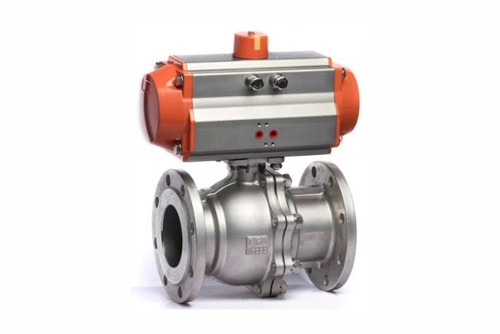
Source: Pinterest
A 2-piece ball valve consists of two separate pieces that have a threaded, flange or bolt connection between them. They come with one piece that has an end, with a body, and another second piece that fits perfectly into the first, holding the trim in place and forming the second end connection. Though these two points tend to provide a leaking point, they come with the advantage of making disassembly much easier and this can come in handy when quick replacements are done. This makes it easy for these valves to offer a bidirectional flow and quick shut off. The following are some of the notable benefits of a 2-piece ball valve.
They are tight and reliable and can be used to create solid seals that enhance performance and ensure their likelihood of leaks is as minimal as possible. This makes them ideal for a number of applications like oil and gas refineries.
They are easy to operate with very quick opening and closing. There’s only a 90-degree rotation between full closure and full opening, and this means there’s less struggle or exertion of force when it comes to manual operations.
Maintenance is much easier as they can be opened quickly without affecting the rest of the installations. The seals can be removed independently for cleaning and other repairs as quickly as needed, and nothing else will be directly affected.
There’s very little corrosion experienced since the valve seat and the ball is isolated from the path of the medium that may be transported through the pipe or the channel in question. This ensures they are used for much longer.
They have a wide range of applications that are determined by the diameter sizes. These plug and ball valves can be used in high vacuum situations as well as in installations that experience high pressures without collapsing.
Things to Consider when Choosing between 3-Piece and 2-Piece Ball Valves.
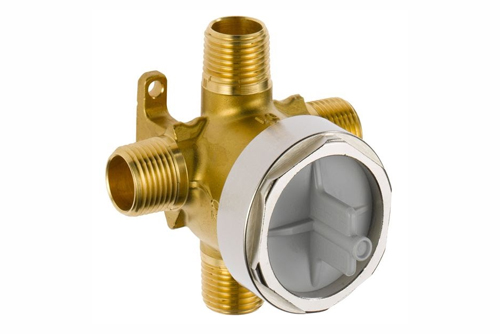
Source: Pinterest
Making the selection between a 3-piece and a 2-piece ball valve can be a little intimidating if you don’t know what to look out for. If you are new to the game and looking for advice on how to proceed, then consider the following factors to make the work a little easier for yourself.
The weight: quality ball valves are exceptionally lightweight, and there’s a good reason for that. They have to be mobile enough to move around the designated area for effective blockades when the need arises. Therefore, before making the selection, check the weight of the ball valves first.
The amount of pressure the valve can handle should also be another big factor that can point you in the right direction. a 3-piece ball valve and metal seat ball valve can handle more pressure compared to its lesser counterparts. Therefore, first figure out the pressure needed for your operation before making the all-important choice.
The versatility of the valve is another important feature to put in mind. A valve that can be used for multiple tasks and situations is a better fit than one that is confined to only one operation. 3-piece valves are more versatile compared to 2-piece valves, and that should help you make a choice quickly.
The durability of the valve is another factor worth considering. This can be determined by the casings and the designs that add protection to the ball valve against the materials that may end up passing over them. Corrosion is the biggest cause of damage for ball valves, and you should go for the types that are well insulated against that.
The method of control determines the efficiency of the ball valve. It should be able to close and open as fast as possible to avoid causing blockages and delays. The ability to transition smoothly between the two states should help direct you in choosing a ball valve type that will serve your needs such as air operated ball valve without having to resort to maintenance issues every few days.
The type of material used is another important factor worth your attention. 3-piece ball valves have more parts and are made using solid materials, and this makes them a little more reliable. This doesn’t mean that 2-piece ball valves are inferior; they just have laser parts.
Conclusion
The differences between 3-piece and 2-piece ball valves are not that huge. Both handle the same functions in slightly different ways, and each is designed for a slightly different function, like ball valve flange type or non-flange type. The choice to go with either comes down to the nature of the task at hand. To get a better understanding of ball valves, the types that exist, and how they function, feel free to contact the best high pressure ball valves manufacturers at any time, and we will be there to answer all your questions.

